There are two different conceptions of the Church, creeds and tradition. One is, as Jesus says, "of this world," while the other is "from above."
Spirituality verses the Church, spirituality verses creeds and spirituality verses tradition are all false dilemmas. The kingdomcultural alternative frames things differently. The question is what particular way of being the Church, of confessing creeds and of embracing tradition releases verses restricts us to be kingdomcultural?
There are two different conceptions of the Church, creeds and tradition. The One-Source View sees the revelation of the Word through creation, in Scripture and by the Spirit as the sole source of revelation. This gives rise to Christlike forms of kingdomculture. The other, the Two-Source View, regards the Church, creeds and tradition as additional sources of revelation. This gives rise to unchristlike forms of subculture and counterculture.
Our journey from death to life, from mortality to immortality is a journey from the Two-Source View to the One-Source View. In Christ, Basileia embraces the One-Source View in principle and in the power of the Holy Spirit endeavors in practice to live it out evermore instantly, fully and joyfully each new day. We confess when we fail and we are humble and bold when we succeed. Adam rejected the One-Source View, acting as his own source of authority to judge God’s Word, plunging him and all creation into ruin. Christ embraced the One-Source View, saying, “The words that I speak to you I do not speak on My own authority; but the Father who dwells in Me does the works” (Jn. 14:10).
The Church, creeds and tradition properly serve as secondary, derivative and subordinate delegated authorities in harmony with the One-Source View of revelation from above. The Church, for example, as the pillar and ground of the truth (1 Tim. 3:15), is a court of truth, not a source of truth.
There are two versions of the Two-Source View that relate to each other as two sides of the same coin. One makes individuals into autonomous sources of authority who determine for themselves what the Trinity’s revelation means according to their own individualistic approach to or rejection of the Church, creeds and tradition. This is the root of all unchristlike subculture. The other makes particular collective institutional powers into autonomous sources of authority who determine for all over whom they lord what the Trinity’s revelation means in light of their collectivistic approach to or rejection of the Church, creeds and tradition. This is the root of all unchristlike counterculture.
Basileia cultivates a lifestyle of repentance from the subcultural, individualistic autonomy of the specific man-centered perversions of Evangelical and Reformed Protestantism in the grip of “Solo” Scriptura, a form of the Two-Source View often confused with the proper understanding and practice of Sola Scriptura. We repent of the theory and practice of “Solo” Scriptura whenever we are convicted of it by whatever means in order to convergently embrace, honor and appropriate the riches of Evangelical and Reformed expressions of the Church.
Likewise, we also cultivate a lifestyle of repentance from the countercultural, collectivistic autonomy of the specific man-centered perversions of liturgical, sacramental, Orthodox and charismatic forms of the Church in the grip of assorted variations of the Two-Source View that bestow Qualified Infallibility* on some combination of individuals, councils, the Church in general, creeds and tradition. We repent of the theory and practice of Qualified Infallibility however and whenever we are convicted of it in order to convergently embrace, honor and appropriate the riches of liturgical, sacramental, Orthodox and charismatic expressions of the Church.
Basileia affirms that the One-Source View is the kingdomcultural understanding and proper application of the Apostolic Rule of Faith, which is also known as the regula fide (“Rule of Faith”). Jesus embodied this Rule and taught His disciples to embody it, who in turn taught their disciples, particularly the Bishops they appointed, to embody it for the life of the world. The Council of Jerusalem (A.D. 50; Acts 15) is an early example of the Church properly applying the Rule, just as later Church Councils did, including (but not limited to) the First Council of Nicaea (325), the First Council of Constantinople (381), the Council of Ephesus (431), the Council of Chalcedon (451), the Second Council of Constantinople (553), the Third Council of Constantinople (680-681) and the Second Council of Nicaea (787). It is the proper application of the Rule according to the One-Source View that makes the creeds and judgments of these Councils (or of any other council or synod) authoritative, not their alleged Qualified Infallibility as the Two-Source View claims.
When any individual or collective member of the Body of Christ does not faithfully follow the Rule, then, in order to maintain the unity of the Church, offenders must be called to repentance in response to the prophetic rebuke of God through whatever means He may choose. Violations of the regula fide by some do not justify others breaking the unity of the Church by wittingly or unwittingly reacting in autonomous, unchristlike, individualistic or collectivistic ways that only further violate the regula fide by propagating yet more abuses of the authority of the Church, creeds and tradition.












